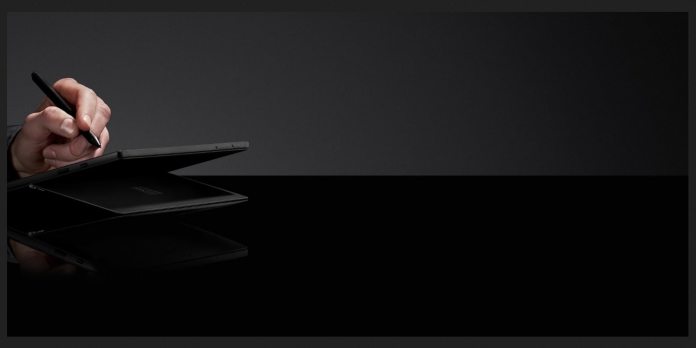Last month, I wrote about the possibility of Microsoft introducing USB Type-C on new Surface hardware. With the launch of the Surface Pro 6 and Surface Laptop yesterday, Microsoft once again disappointed with no Type-C support. However, on the Surface Headphones introduced yesterday, there is a USB-C port for charging. The Surface Studio that was announced yesterday also has USB-C, as does the Surface Go launched earlier this year. In terms of the Surface Laptop 2, the lack of USB Type-C is especially unfortunate. Not least because Microsoft has originally planned to have a port on the original Surface Laptop. Instead, went for USB Type-A and a Mini DisplayPort instead. Microsoft’s strange relationship with USB-C continued as the company embraced the connection in a limited capacity. That came with the promise of a Surface USB-C dongle, which was announced in 2017. Sadly, the dongle has never be released and has been delayed until at least the end of this year.
Falling Behind
The company’s argument that USB Type-C is too fragmented seems outdated, as does the policy of continuing to avoid including ports on the Surface Pro and Laptop. Fragmentation is now a weak reason. Most Android devices released in the last few years have USB-C, as do most of the best Bluetooth headphones. It seems reasonable to presume USB Type-C will become a universal charging standard, it is certainly almost there. Microsoft is once again dragging its feet in hardware. Even Apple has embraced USB-C on its MacBook. Admittedly, the iPhone and iPad are still on Lightning ports, but even Cupertino is progressing faster than Microsoft. It is worth mentioning the company is certainly exploring USB Type-C technology. A recent patent shows the company is working on an ultra-thin USB-C connector. The document was first filed in 2016 and describes a single, seamless, thin housing. Microsoft outlines the housing as having a “uniform thickness along the entire length and proving both protection for wire termination and strain relief for the cable.”




